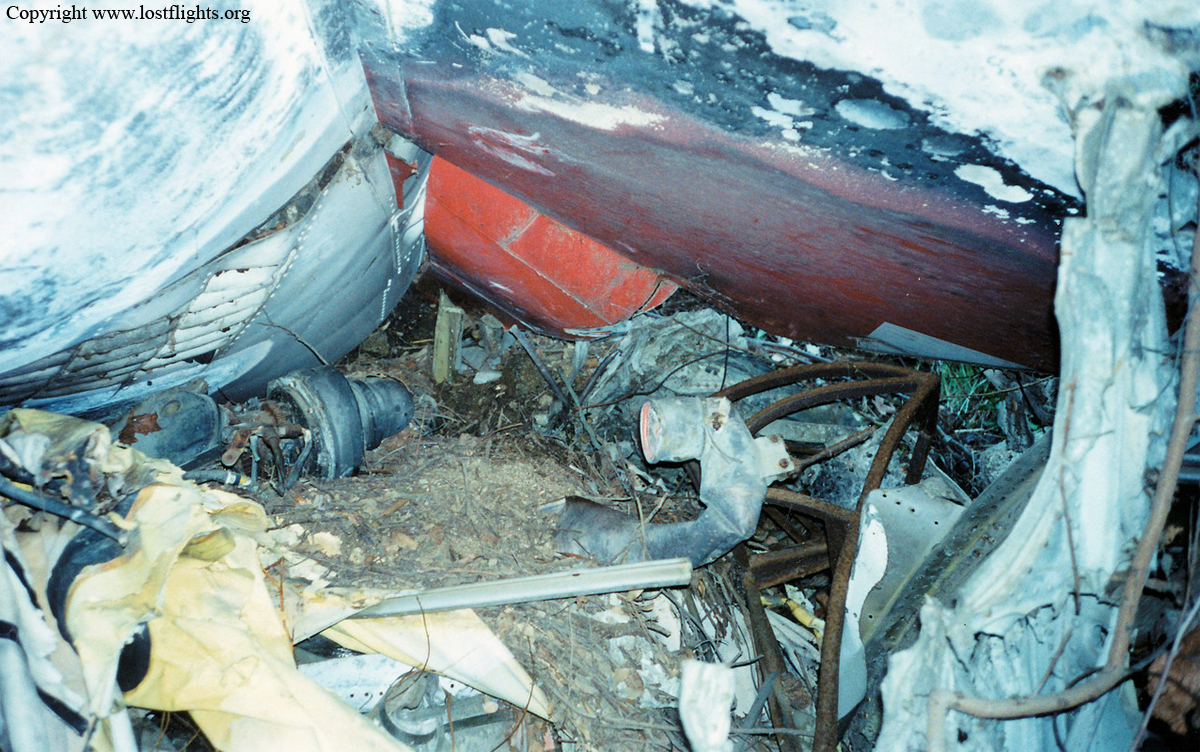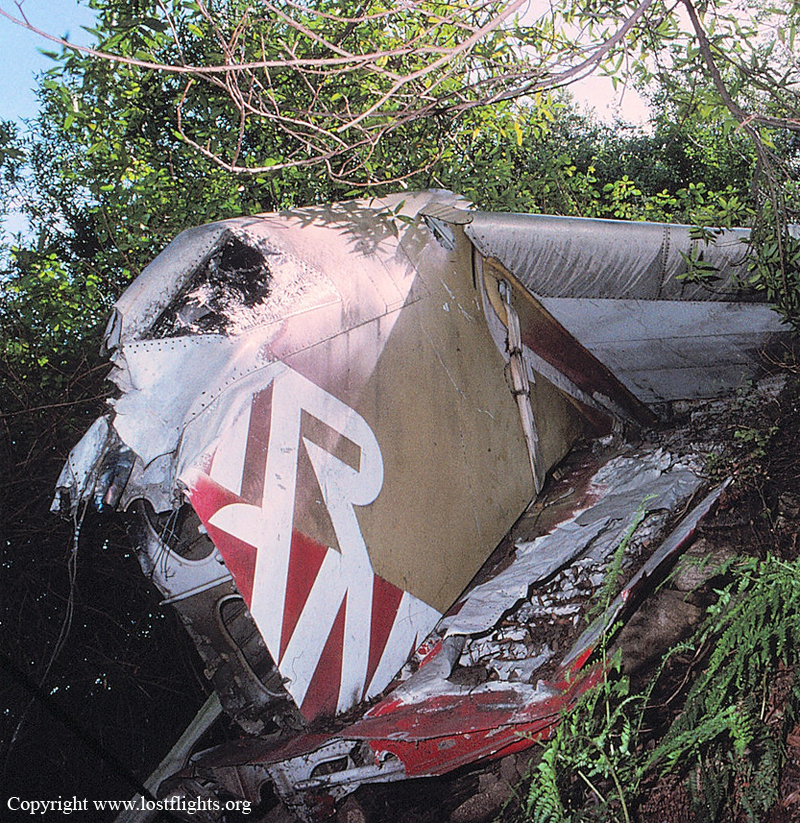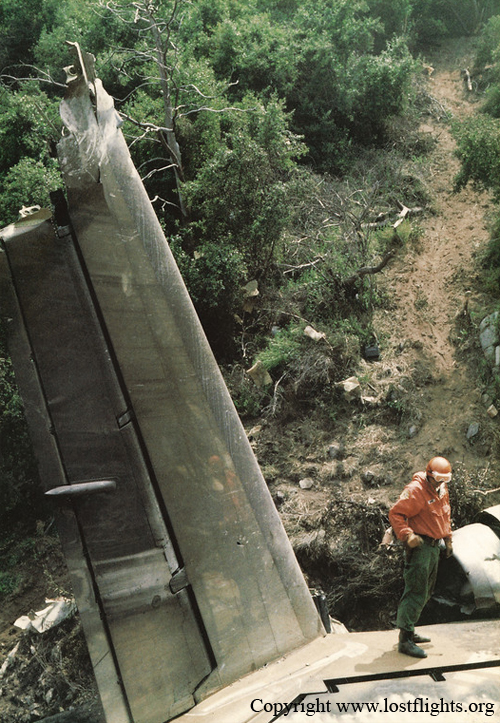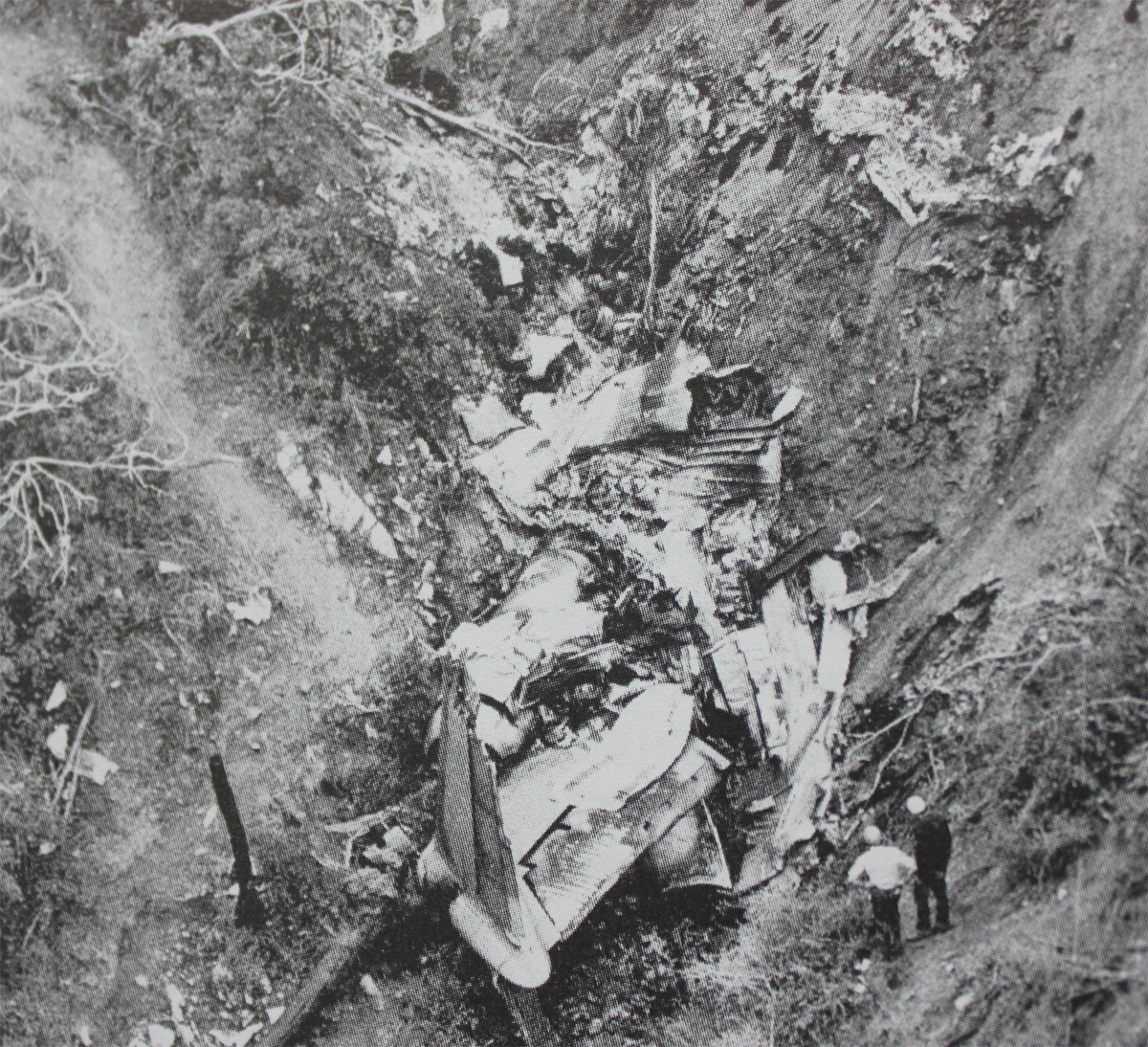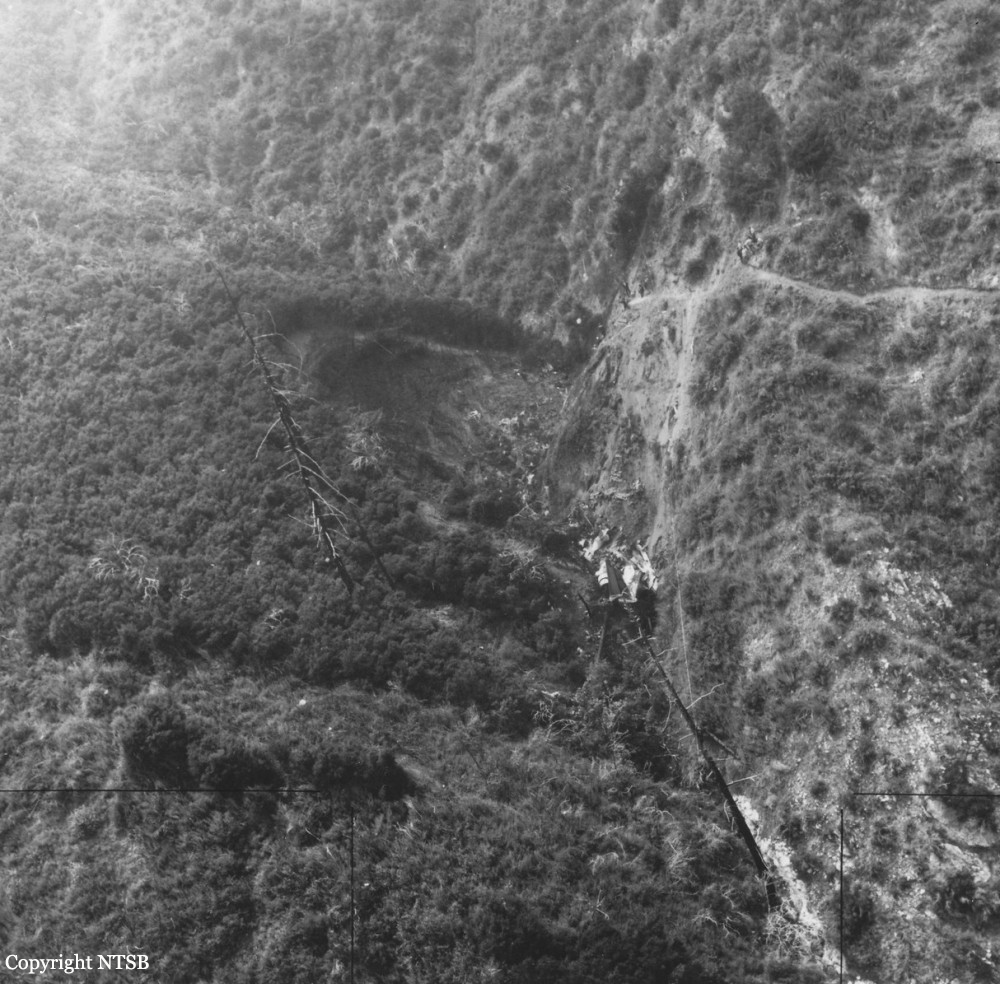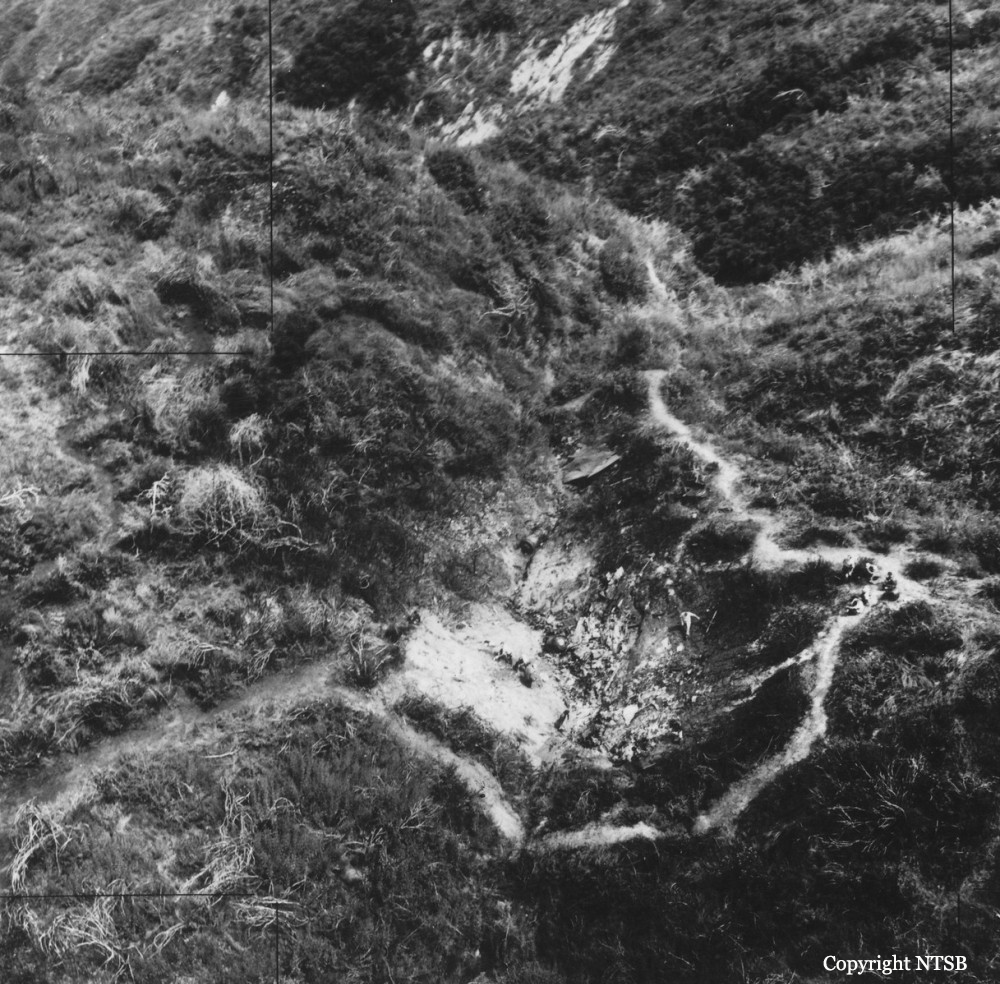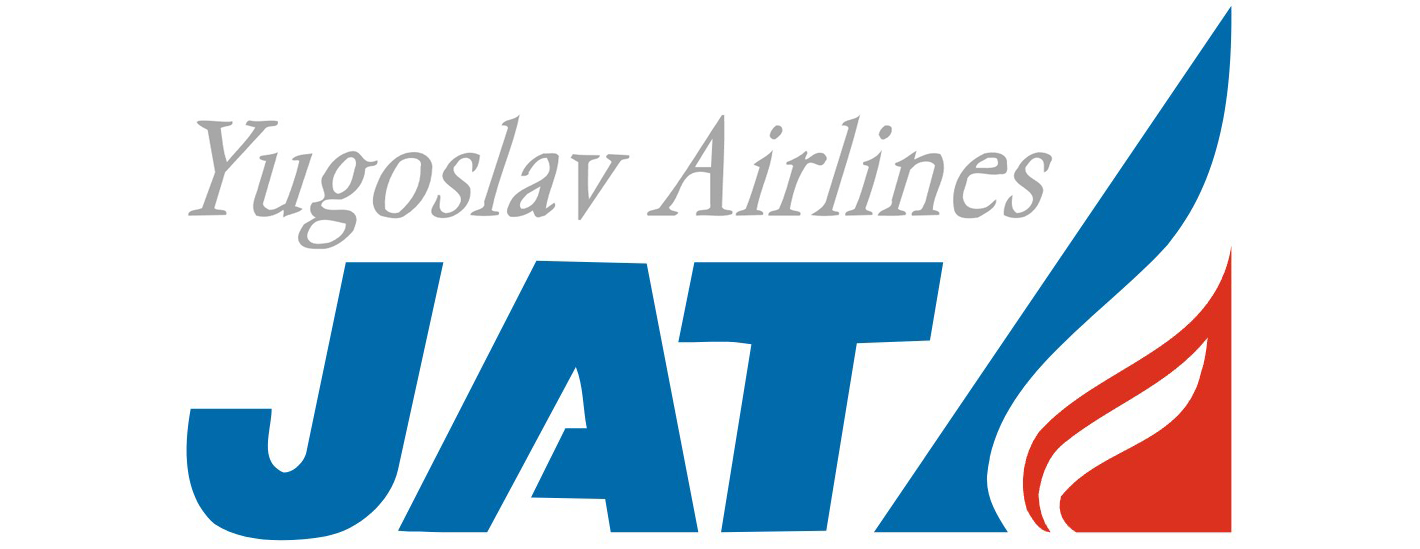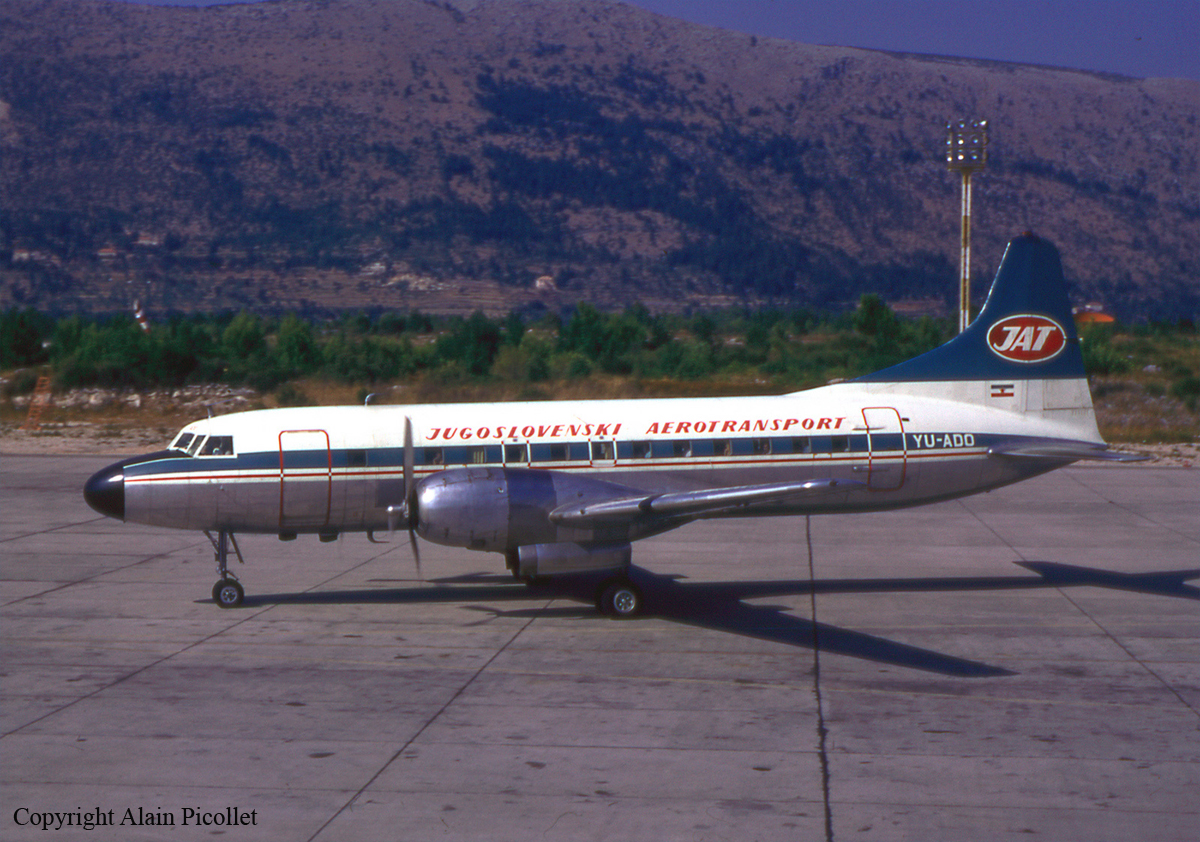Crash of a Convair CV-580 in New Haven: 28 killed
Date & Time:
Jun 7, 1971 at 0949 LT
Registration:
N5832
Survivors:
Yes
Schedule:
Washington DC – Groton – New London – New Haven – Philadelphie – Newport News
MSN:
384
YOM:
1967
Flight number:
AL485
Crew on board:
3
Crew fatalities:
Pax on board:
28
Pax fatalities:
Other fatalities:
Total fatalities:
28
Captain / Total hours on type:
3600.00
Copilot / Total hours on type:
2400
Aircraft flight hours:
33058
Circumstances:
During a non precision approach to New Haven-Tweed Airport, the crew encountered poor weather conditions with rain falls. On final, the pilot-in-command passed below the glide slope and continued the approach until the airplane struck cottages and crashed in flames 4,890 feet short of runway 02. Three occupants survived while 28 others were killed.
Probable cause:
The captain's intentional descent below the prescribed minimum descent altitude under adverse weather conditions without adequate forward visibility or the crew's sighting of the runway environment. The captain disregarded advisories from his first officer that minimum descent altitude had been reached and that the airplane was continuing to descend at a normal descent rate and airspeed. The Board was unable to determine what motivated the captain to disregard prescribed operating procedures and altitude restrictions and finds it difficult to reconcile the actions he exhibited during the conduct of this flight.
Final Report:





